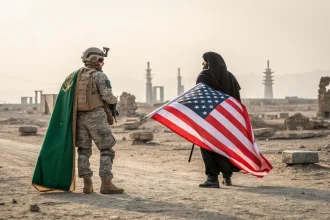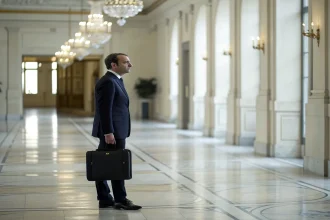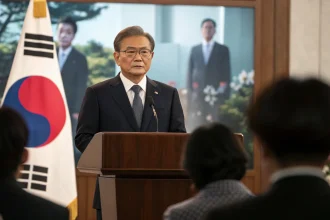The Trump administration released a long-anticipated executive order on college sports Thursday, aiming to provide federal guidance to the rapidly changing landscape of collegiate athletics. This move comes as the financial aspects of college sports have undergone significant transformation in recent years.
Federal Intervention in Collegiate Athletics
The executive order represents a notable step by the federal government to address the growing monetary influence in college sports. As universities and athletic departments navigate increasing financial pressures and opportunities, the administration has determined that federal guidance has become necessary.
The timing of this order follows years of dramatic changes in how college athletics operate financially. From television contracts worth billions of dollars to questions about athlete compensation, the economic structure of collegiate sports has shifted dramatically from its amateur roots.
Financial Transformation of College Athletics
College athletics has evolved from its traditional model into a multi-billion dollar industry. Major conferences have signed lucrative media rights deals, universities have invested heavily in state-of-the-art facilities, and questions about how athletes should participate in this financial ecosystem have intensified.
Recent court decisions and state laws have already begun reshaping college sports, particularly regarding student-athlete compensation through Name, Image, and Likeness (NIL) opportunities. These changes have created a patchwork of regulations that vary by state, creating competitive imbalances and regulatory challenges.
Potential Impact and Stakeholder Reactions
The executive order is likely to affect various stakeholders in college athletics:
- Universities and athletic departments will need to adapt their policies to align with federal guidance
- Student-athletes may see changes in their rights and opportunities for compensation
- Athletic conferences might need to adjust their governance structures
- Corporate sponsors and media partners could face new considerations in their relationships with college sports
Initial reactions to the order have been mixed. Supporters suggest that federal guidance will bring needed structure to a system that has evolved rapidly without consistent oversight. Critics question whether federal intervention is appropriate or whether it will effectively address the complex issues facing college athletics.
Looking Forward
The executive order represents just one step in what will likely be an ongoing process of reform in college athletics. Legal challenges to the order may emerge, and Congress continues to consider various bills related to college sports governance.
Universities and athletic departments will now begin the process of interpreting the order and determining how it affects their operations. Meanwhile, student-athletes, particularly those in revenue-generating sports like football and basketball, will be watching closely to see how these changes might impact their collegiate experiences and future opportunities.
As college sports continue to generate massive revenue through television contracts, ticket sales, and merchandise, the fundamental questions about the nature of amateurism and the appropriate economic model for collegiate athletics remain at the center of this debate.









